Ship It Zero Shipping Decarbonization Report Card

This Report Card is designed to evaluate major retailers and shipping carriers on their commitment to rapid decarbonization and development of zero-emission fuels for maritime shipping.
The highest scoring retail company, IKEA, received 89/100 points. We commend IKEA’s efforts and encourage other companies to follow its lead and commit to maritime shipping decarbonization.
Laggard Retail Brands and Carriers Must Respond to the Urgency of the Climate Crisis
Retailers
Very few retailers are accepting their responsibility to decarbonize maritime shipping. Many are not even quantifying Scope 3 emissions, which includes shipping. Other companies, like Amazon and Target, have yet to take enough meaningful action to operationalize their shipping decarbonization commitments. Emissions must peak by 2025 to keep in range of a 1.5° C global temperature rise. Companies must recognize the urgency of the climate crisis and commit to shipping decarbonization to avoid catastrophe.
Carriers
Most carriers are not taking the necessary action to decarbonize their shipping in response to the urgency of the climate crisis and the harmful impact on port communities. Most carriers have only committed to carbon neutrality by 2050, too long a timeframe to avoid catastrophe, and carriers are reliant on false solutions like liquefied natural gas (LNG) and scrubbers. While development of alternative low-emission fuels is increasing, far more is needed to replace new dirty ships on the global order book.
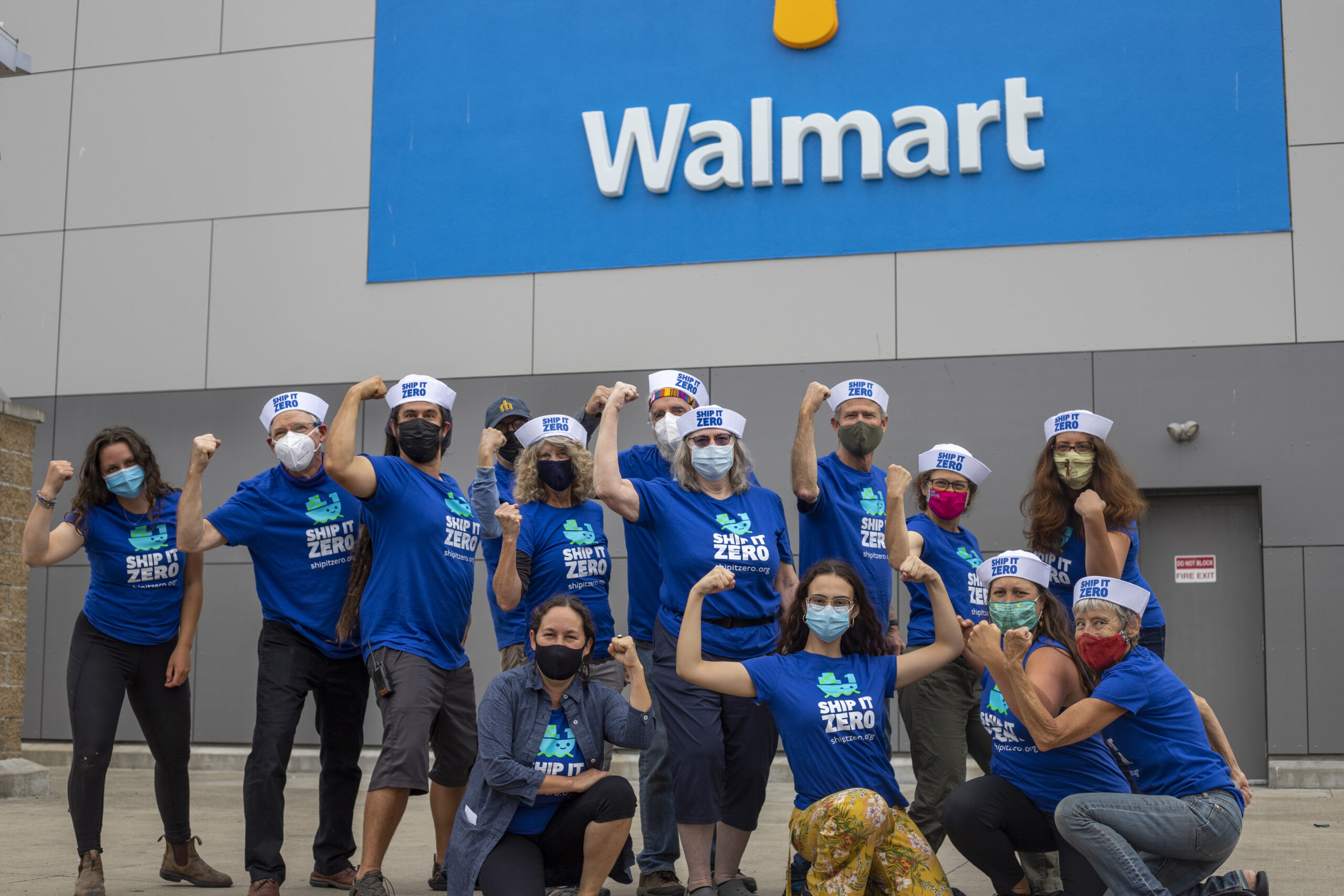
— Eric Leveridge, Ship It Zero Lead, Pacific Environment
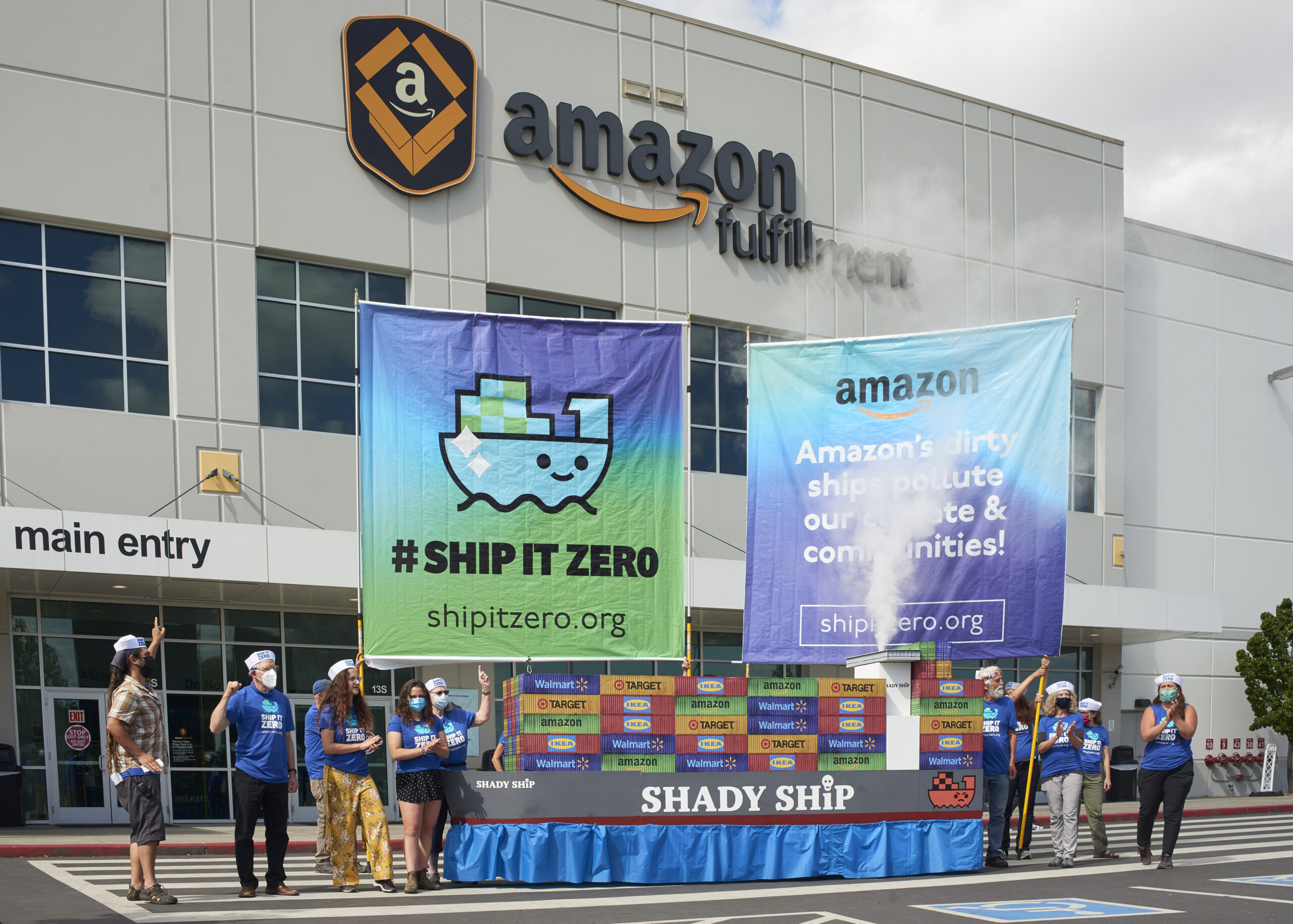
Companies’ Statements and Actions Were Analyzed For This Report Card
Retailers
Researchers reviewed retailers’ Corporate Social Governance Reports, Climate Disclosure Project reports and press releases to track decarbonization commitments and emissions disclosures. Retailers were given specific credit for transport- and shipping-specific commitments, disclosures and initiatives. Extra weight was given to companies joining industry groups entailing distinct shipping decarbonization commitments. Retailers were sent a proposed grade and were given the opportunity to respond.
Carriers
Researchers reviewed carriers’ Corporate Social Governance Reports and press releases to track decarbonization commitments and emissions disclosures. Carriers had more specific benchmarks to meet to receive credit because of their greater relative power to advance shipping decarbonization initiatives. Carriers were given extra credit for absolute emissions reductions and green fuel contracts, but points were deducted for emissions increases and reliance on false solutions like LNG and scrubbers.
Retailers


F (4/35) | End Port Pollution
Home Depot only reports land-based transport emissions. Home Depot has not committed to reducing air pollution and does not advocate for regulatory measures to reduce port pollution, though the company has invested in hydrogen-powered forklifts.
F (1.5/30) | Abandon Dirty Ships
Home Depot’s short-term emissions reduction commitments only pertain to Scopes 1 and 2, with a 50% reduction by 2035. The company advocates for reducing emissions but does not disclose their maritime emissions or advocate against fossil fuels buildout.
F (14.5/35) | Put Zero At The Helm
Home Depot’s emissions reduction commitment only pertains to Scopes 1-2 and not overall carbon neutrality. The company employs efficiency measures and engages with their suppliers on emissions reduction, but does not work with stakeholders or carriers on zero-emission vessel infrastructure or technologies.
F (20/100) | Overall
For more information behind our grading, see Home Depot’s extended report card.


F (11.5/35) | End Port Pollution
Amazon does not have a stated pollution reduction commitment. The company is a founding member of coZEV (Cargo Owners for Zero Emission Vessels) and advocates generally for climate policy. The company reports Scopes 1-3 emissions and transport emissions but not in detail.
D (17/30) | Abandon Dirty Ships
Amazon has short-term emissions reduction commitments that includes maritime-specific targets, advocates for stronger emissions standards and has contracts for lower-emissions shipping. However, Amazon does not even offer lower-emission options through their own shipping company, and their transport emissions are increasing.
B (26.25/35) | Put Zero At The Helm
Amazon has committed to reaching carbon neutrality by 2040, including a volume-based maritime shipping target. The company also has benchmarks for moving their cargo onto lower-emissions ships and invests in zero-emission technology. However, not all of their emissions reporting is public.
D (54.75/100) | Overall
For more information behind our grading, see Amazon’s extended report card.


B (31/35) | End Port Pollution
IKEA has publicly committed to reducing port pollution and is a founding member of coZEV. IKEA prioritizes clean ports and negotiates with ports on pollution reduction. IKEA advocates for regulatory measures to reduce port pollution and provides comprehensive breakdowns of their emissions.
B (26.5/30) | Abandon Dirty Ships
IKEA has an ambitious short-term emissions reduction target of 70% by 2030 for maritime transport. IKEA has an RFP for lower emission shipping and reported a reduction in transport emissions. IKEA supports strengthening emissions standards and reports the percentage of goods they ship on lower emissions vessels.
A (31.5/35) | Put Zero At The Helm
IKEA has a strong general decarbonization commitment, including zero-emission ocean shipping by 2040. IKEA is a member of ZEMBA and works with carriers investing in zero- emission technologies, while advocating that other carriers do so. IKEA provides a comprehensive account of their supply chain emissions.
B+ (89/100) | Overall
For more information behind our grading, see IKEA’s extended report card.


F (3/35) | End Port Pollution
Lowe’s reports their Scopes 1-3 greenhouse gas emissions. The company does not have an air pollution reduction commitment, a pollution reduction plan, nor are they actively advocating for port pollution reduction.
F (7.75/30) | Abandon Dirty Ships
Lowe’s has moderate short-term emissions reduction commitments, including a 22.5% Scope 3 reduction and 40% Scope 1-2 emissions by 2030. Lowe’s is not advocating for strengthening emissions reductions standards or against fossil fuel buildout.
F (12/35) | Put Zero At The Helm
Lowe’s has a moderate general emissions commitment to reach carbon neutrality by 2050. The company utilizes optimization methods and engages with their suppliers on emissions reduction, but has incomplete emissions reporting. Lowe’s does not work with stakeholders or carriers on zero-emission vessel infrastructure or technologies.
F (22.75/100) | Overall
For more information behind our grading, see Lowe’s extended report card.


F (8.5/35) | End Port Pollution
Target is a member of coZEV (Cargo Owners for Zero Emission Vessels) and reports their Scopes 1-3 emissions and transport emissions. Target does not have an implementation plan to reduce port pollution and does not publicly support regulatory measures to reduce port pollution.
F (11/30) | Abandon Dirty Ships
Target only committed to a 50% reduction for Scope 1-2 and 30% reduction for Scope 3 emissions by 2030. The company advocates for climate policy, but reported an increase in their maritime emissions and does not have contracts for lower emissions shipping.
D (17.75/35) | Put Zero At The Helm
Target committed to carbon neutrality by 2040, which includes a maritime-specific target, and employs efficiency measures and engages with their suppliers on emissions reduction. Target does not have partnerships investing in zero-emission infrastructure or green corridors. Target annually reports their emissions, including Scope 3.
F (37.25/100) | Overall
For more information behind our grading, see Target’s extended report card.


F (2/35) | End Port Pollution
Walmart advocates generally for climate policy and reports Scope 1 and 2 emissions. The company does not have a stated pollution reduction commitment or track their air pollutant emissions. Walmart also relies on natural gas in drayage operations.
F (4/30) | Abandon Dirty Ships
Walmart has undergone efforts to reduce emissions in their supply chain through their Project Gigaton, but it does not include Scope 3 emissions. The company has also developed public policy principles on emissions reduction, but fails to report transport emissions.
F (8.5/35) | Put Zero At The Helm
Walmart has committed to net carbon neutrality by 2040, but not for Scope 3 emissions. The company has taken steps to develop efficiency and optimization measures, and engages with their suppliers on emissions reduction, but Walmart’s emissions reporting is limited.
F (14.5/100) | Overall
For more information behind our grading, see Walmart’s extended report card.
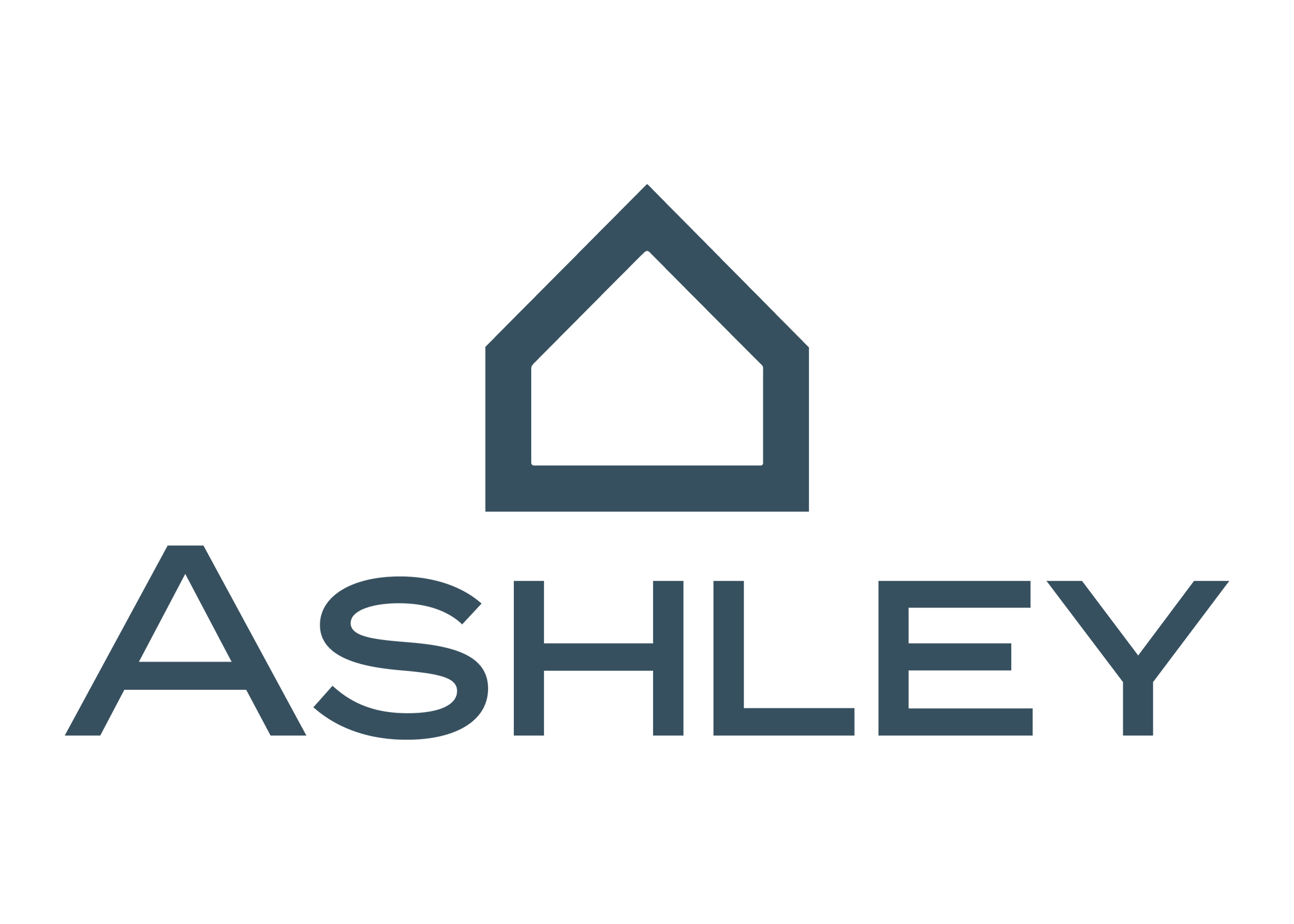

F (0/35) | End Port Pollution
Ashley Furniture is not taking any action related to air pollution in ports.
F (0/30) | Abandon Dirty Ships
Ashley Furniture is not taking short-term steps to reduce their shipping emissions.
F (0/35) | Put Zero At The Helm
Ashley Furniture does not have a long-term decarbonization goal.
F (0/100) | Overall
For more information behind our grading, see Ashley Furniture’s extended report card.
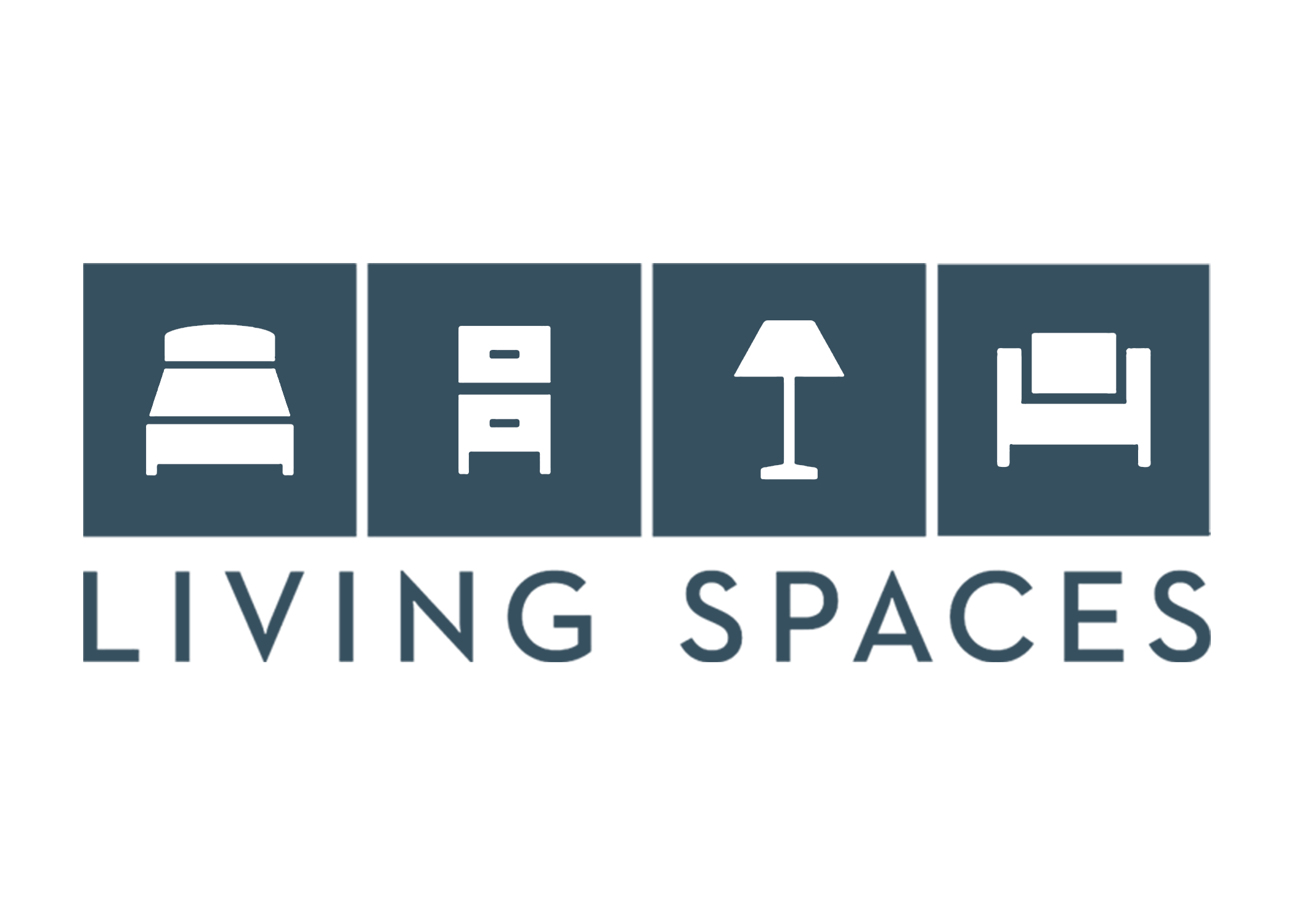

F (0/35) | End Port Pollution
Living Spaces is not taking any action related to air pollution in ports.
F (0/30) | Abandon Dirty Ships
Living Spaces is not taking short-term steps to reduce their shipping emissions.
F (0/35) | Put Zero At The Helm
Living Spaces does not have a long-term decarbonization goal.
F (0/100) | Overall
For more information behind our grading, see Living Space’s extended report card.
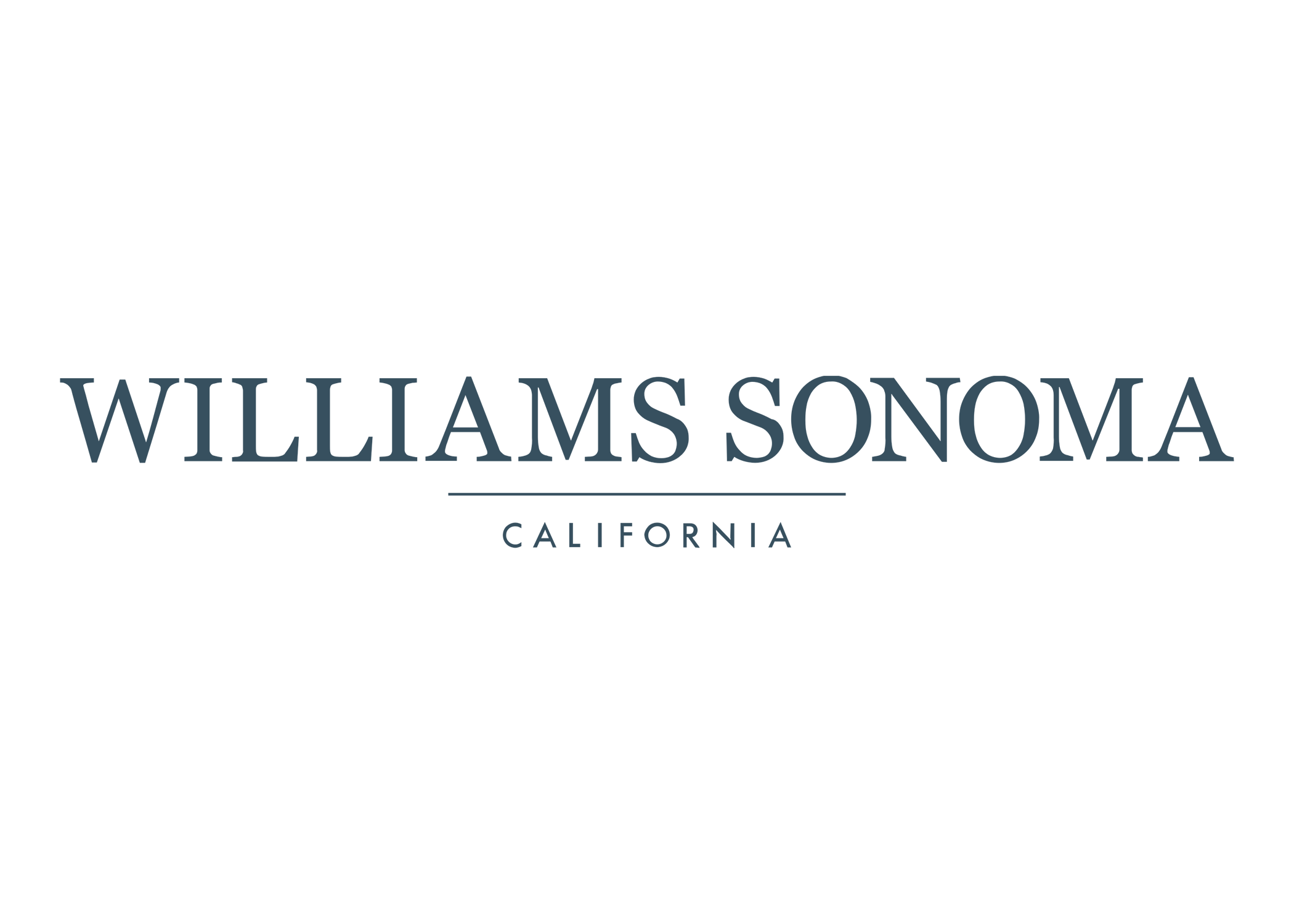

F (5.5/35) | End Port Pollution
Williams-Sonoma has a vague commitment to reduce pollution and reports their Scope 1-3 greenhouse gas emissions and land transport emissions. The company does not have a plan to reduce air pollution nor do they advocate for policies to reduce port pollution.
F (7.75/30) | Abandon Dirty Ships
Williams-Sonoma has a short-term emissions reduction target of 50% for Scopes 1-2 and 14% for Scope 3 by 2030. The company reported a transport emission decrease, but lacks a clear implementation plan. Williams-Sonoma does not advocate for strengthening emissions standards or against fossil fuel buildout.
F (15.5/35) | Put Zero At The Helm
Williams-Sonoma has a goal of carbon neutrality by 2025, but only Scopes 1-2. The company utilizes optimization practices and engages with their suppliers on emissions reduction. Williams-Sonoma reports incomplete emissions and does not work with stakeholders or carriers on zero-emission vessel infrastructure or technologies.
F (28.75/100) | Overall
For more information behind our grading, see Williams-Sonoma’s extended report card.
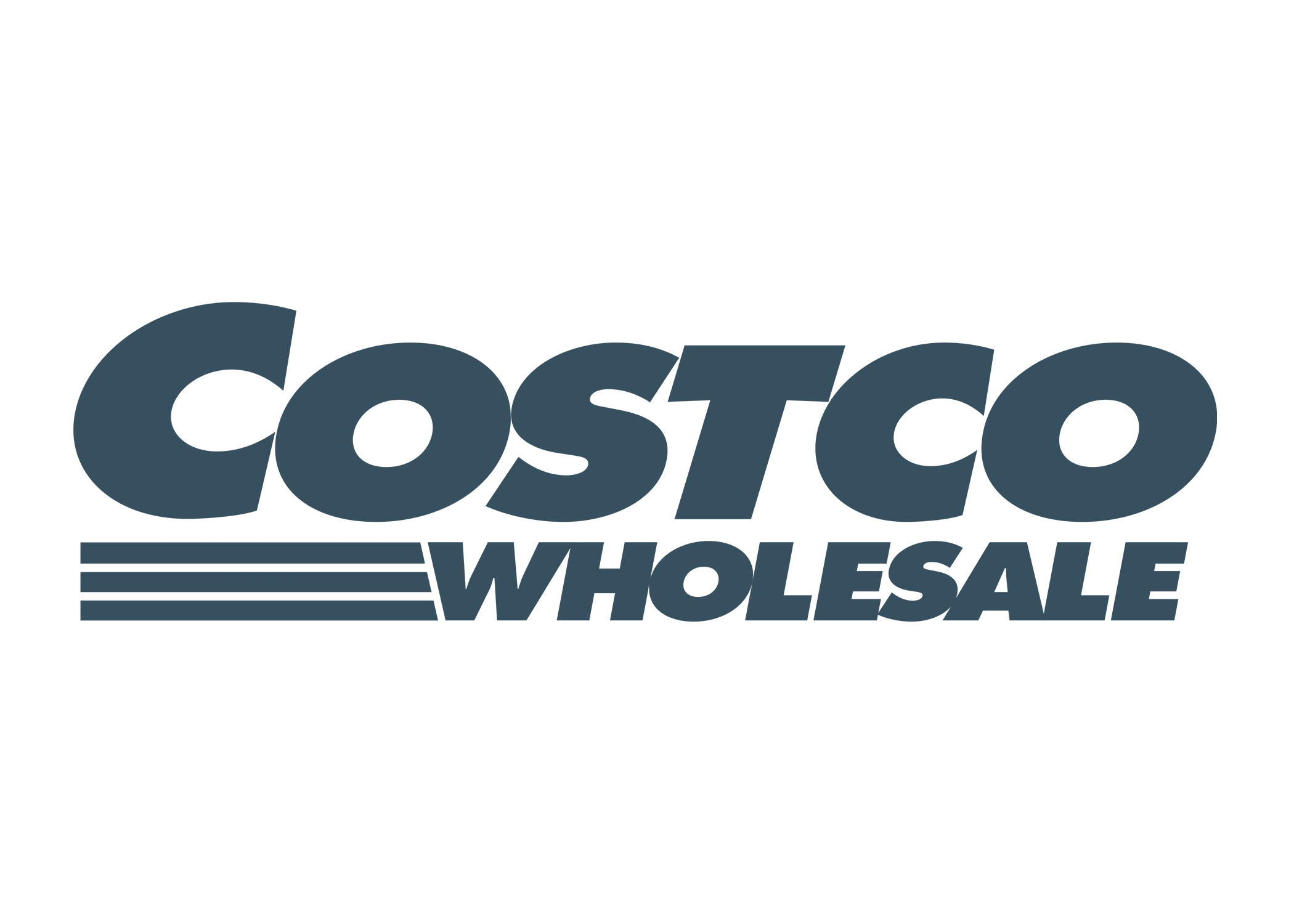

F (3/35) | End Port Pollution
Costco reports Scope 1-2 greenhouse emissions and has invested in electrification of their land fleet. The company does not have a commitment to reduce air pollution and does not advocate for policy or regulatory changes to reduce port pollution.
F- (-4/30) | Abandon Dirty Ships
Costco does not have short-term emissions reduction commitments or implementation plans. The company relies on natural gas and reported an absolute increase in transport emissions.
F (9.5/35) | Put Zero At The Helm
Costco does not have a meaningful general emissions reduction target. The company utilizes efficiency and optimization practices and engages with their suppliers on emissions reduction, but does not work with stakeholders or carriers on zero-emission vessel infrastructure or technologies.
F- (8.5/100) | Overall
For more information behind our grading, see Costco’s extended report card.
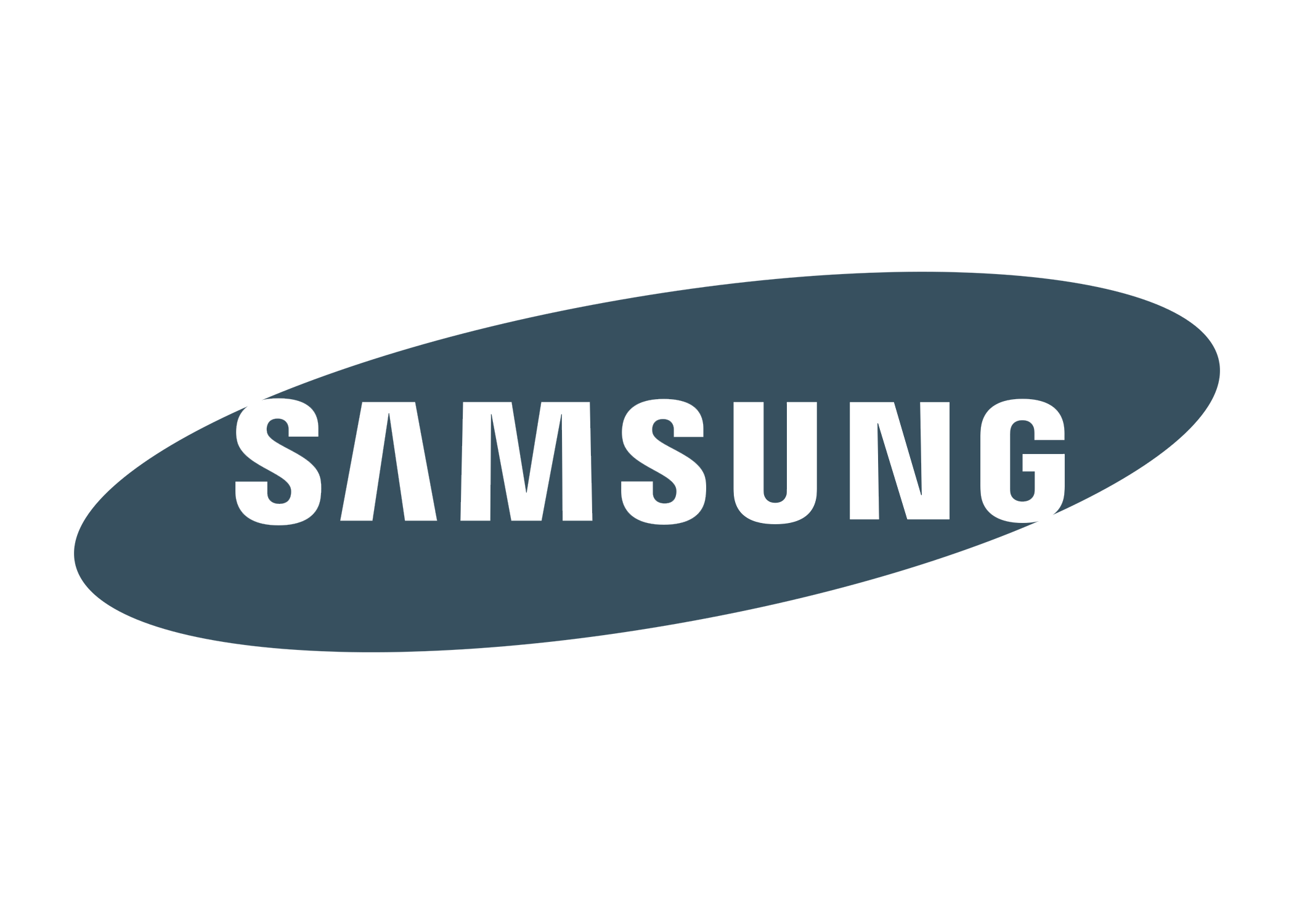

F (4.5/35) | End Port Pollution
Samsung reports Scopes 1-2 emissions and some air pollutant emissions. The company does not have a stated commitment to reduce air pollution, a plan to achieve such reductions, nor does the company advocate for regulatory changes to reduce port pollution.
F (2.5/30) | Abandon Dirty Ships
Samsung does not have a publicly stated commitment to reduce greenhouse gas emissions in the short-term, nor a plan to implement emissions reductions. The company does not advocate for strengthening emissions reductions standards or against fossil fuel buildout.
F (9.5/35) | Put Zero At The Helm
Samsung is only committed to net carbon neutrality by 2050 for Scopes 1 and 2. Samsung utilizes packaging optimization but does not work with stakeholders or carriers on zero-emission vessel infrastructure or technologies.
F (16.5/100) | Overall
For more information behind our grading, see Samsung’s extended report card.
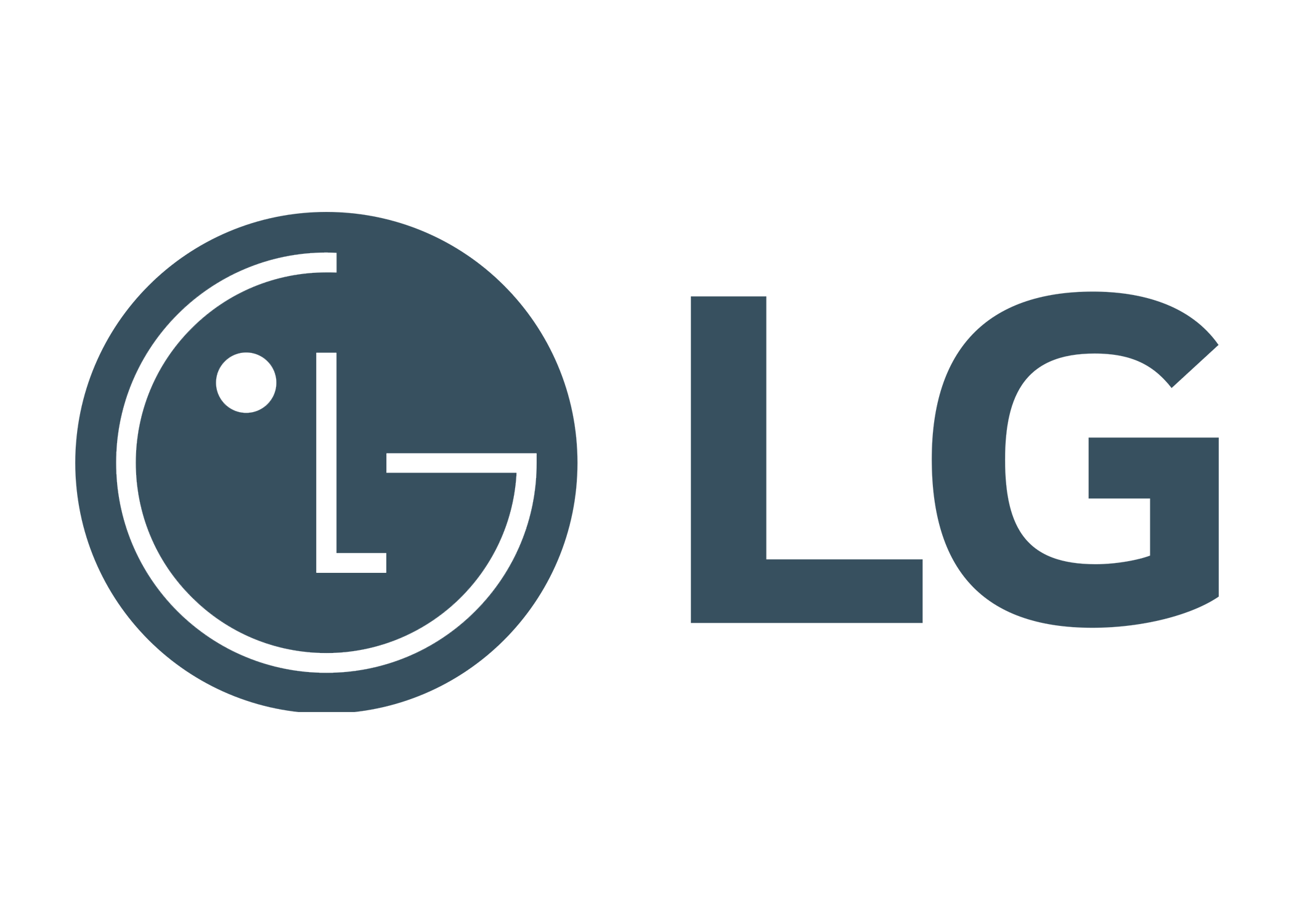

F (7/35) | End Port Pollution
LG Electronics has a vague commitment to reduce pollution and reports their Scope 1-3 greenhouse gas emissions and land transport emissions. The company does not have an implementation plan for reducing air pollution, nor does the company advocate for regulatory changes to reduce port pollution.
F (0.5/30) | Abandon Dirty Ships
LG has a short-term emissions target of 54.6% reduction for Scopes 1-2 and only 20% for scope 3 by 2030. The company does not advocate for stronger emissions standards or against fossil fuel buildout, nor does it have a plan to implement emissions reductions.
F (11.25/35) | Put Zero At The Helm
LG Electronics has a goal of 100% renewable energy, but only by 2050. The company engages with suppliers on emissions reduction but reports incomplete emissions that exclude maritime shipping. LG does not work with stakeholders or carriers on zero-emission vessel infrastructure or technologies.
F (18.75/100) | Overall
For more information behind our grading, see LG’s extended report card.
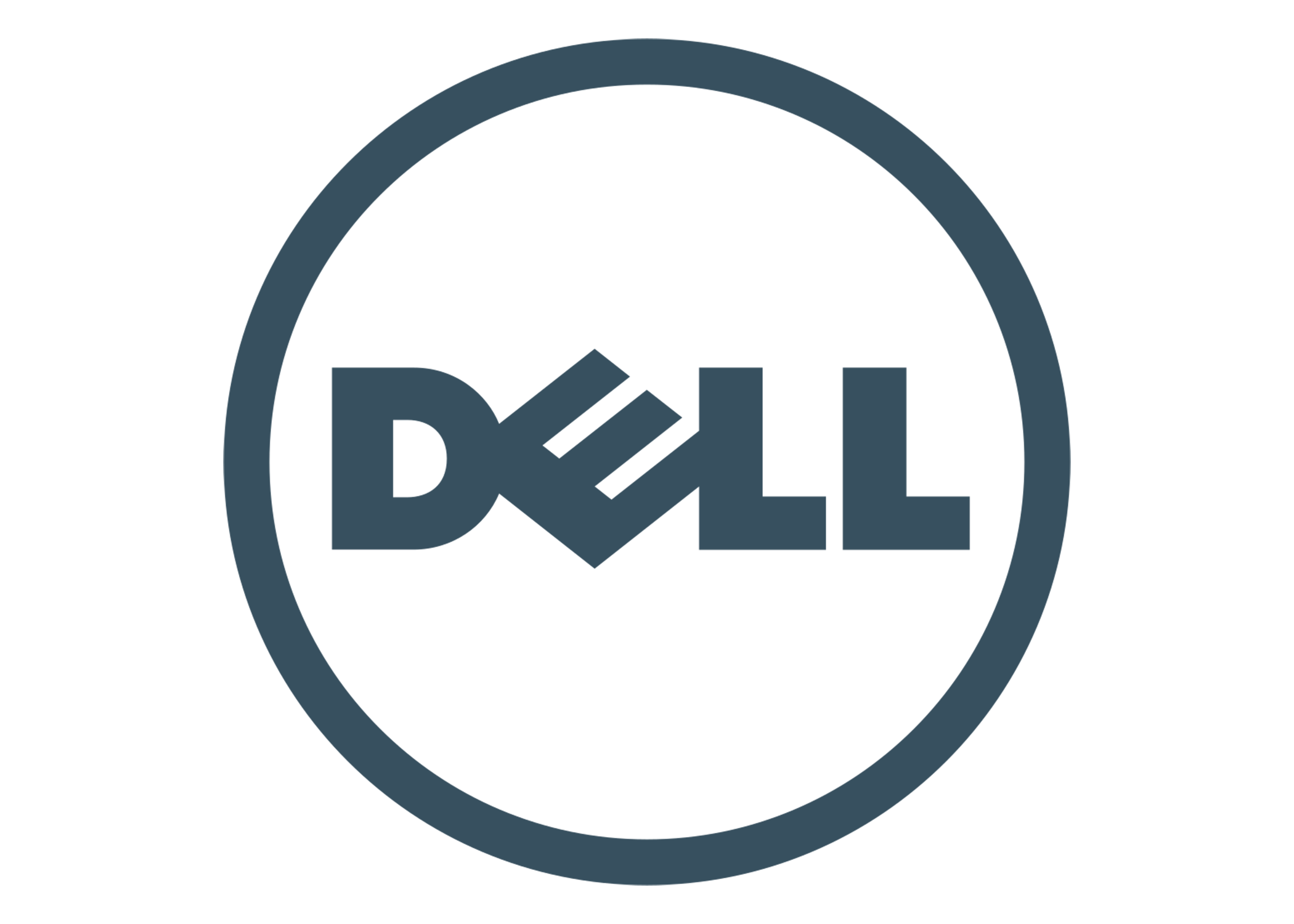

F (8/35) | End Port Pollution
Dell has a commitment to reduce air pollution that focuses on manufacturing. Dell reports Scopes 1-3 greenhouse gas emissions, air pollutants and their transport emissions. Dell does not have a port pollution reduction plan or advocate for regulatory steps to reduce port pollution.
F (8.5/30) | Abandon Dirty Ships
Dell has a short-term emissions reduction target of 50% for Scopes 1-2 and 45% for Scope 3, though this only focuses on their material suppliers. Dell has expressed public support for strengthening greenhouse gas reduction policies, but reported an absolute increase in transport emissions.
F (13/35) | Put Zero At The Helm
Dell has only committed to carbon neutrality by 2050 with no Scope 3 interim targets. The company utilizes efficiency measures and engages with suppliers on emissions reductions, but does not work with stakeholders or carriers on zero-emission vessel infrastructure or technologies.
F (29.5/100) | Overall
For more information behind our grading, see Dell’s extended report card.
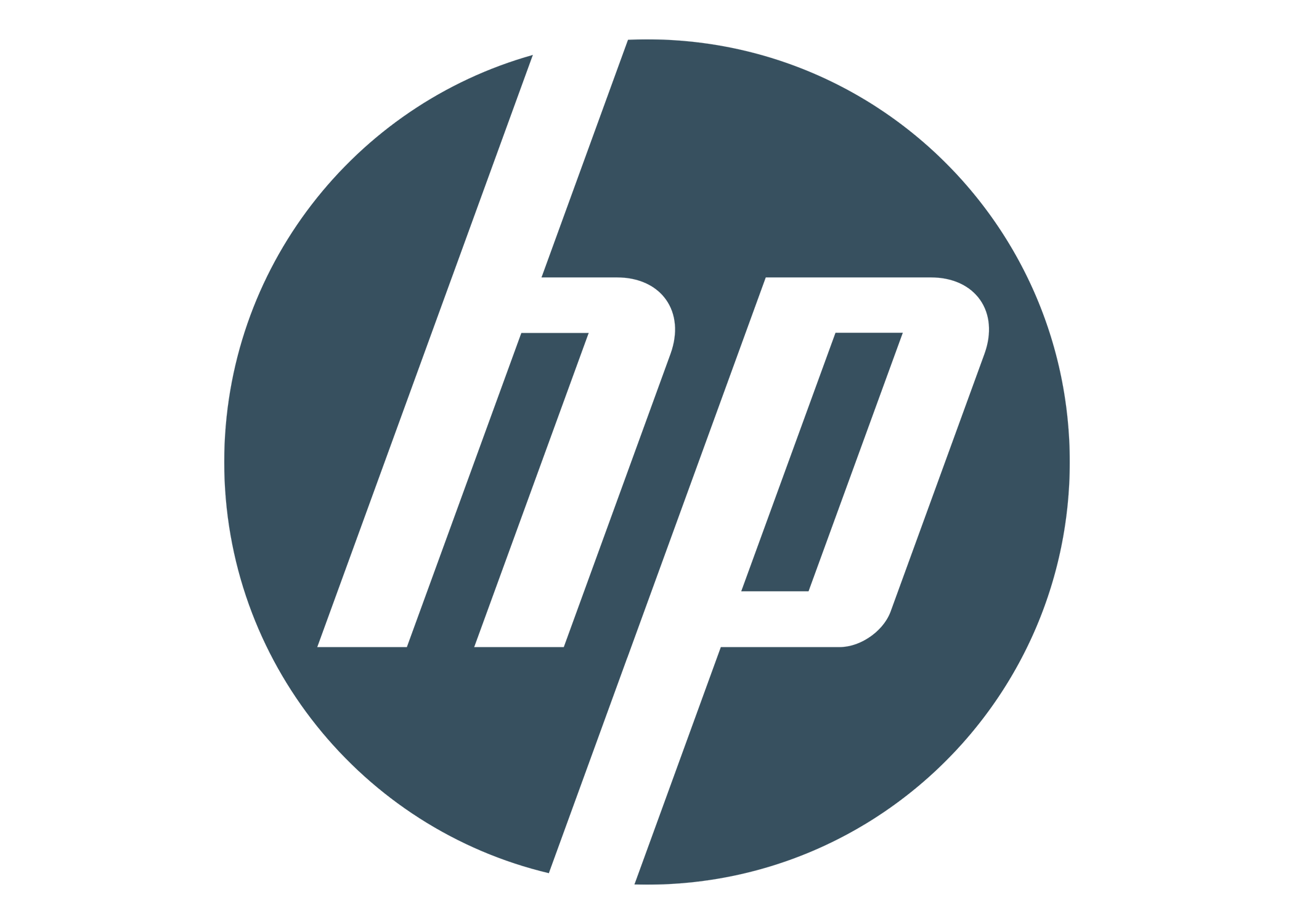

F (7.5/35) | End Port Pollution
Hewlett-Packard has publicly committed to reduce air pollution and reports Scopes 1-3 emissions and transport emissions. The company does not have a port pollution reduction plan and HP does not advocate for port pollution reduction policies.
F (8/30) | Abandon Dirty Ships
Hewlett-Packard has a short-term emissions reduction target of 50% by 2030. The company does not have an publicly available implementation plan to reach these benchmarks for transport, and does not advocate for strengthened greenhouse gas reduction standards.
C (21.5/35) | Put Zero At The Helm
Hewlett-Packard’s has only committed to carbon net neutrality by 2050. HP has participated in the zero-emission fuel pilot program and advocates for carriers to incorporate greenhouse gas reduction measures into their operation.
F (37/100) | Overall
For more information behind our grading, see HP’s extended report card.


F (5/35) | End Port Pollution
VF Corporation reports their Scope 1-3 emissions and transport emissions. The company has not committed to reducing air pollution and does not have a plan for reducing port pollution. VF Corporation does not advocate for regulatory changes to reduce pollution at ports.
D (16.5/30) | Abandon Dirty Ships
VF Corporation has a moderate short-term emissions reduction target of 55% for scopes 1-2 and 30% for Scope 3 by 2030. The company has contracted to ship their goods on lower-emission vessels and supports stronger emissions policies. However, the company’s public emissions reporting is lacking.
D (18/35) | Put Zero At The Helm
VF has only committed to net zero carbon emissions by 2050, but has transport-specific commitments. The company utilizes efficiency measures and engages with suppliers on emissions reductions, but does not work with stakeholders or carriers on zero-emission vessel infrastructure or technologies.
F (39.5/100) | Overall
For more information behind our grading, see VF’s extended report card.
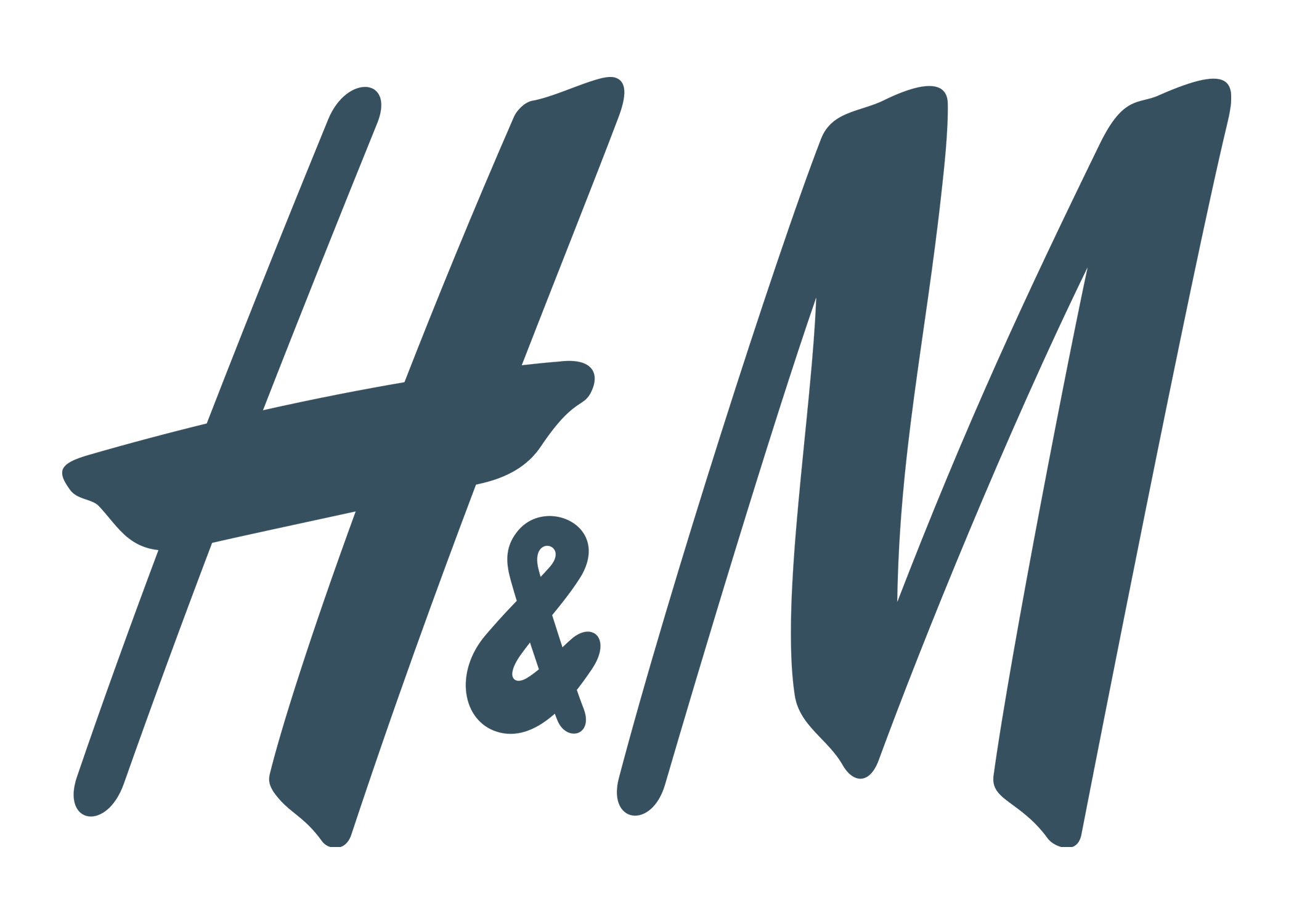

F (9/35) | End Port Pollution
H&M has not committed to reducing air pollution, though the company has invested in zero-emission vehicles and publicly supports regulatory measures to reduce port pollution. H&M reports Scopes 1-3 emissions and transport emissions, but does not negotiate with ports on pollution reduction.
D (16/30) | Abandon Dirty Ships
H&M has a goal of reducing Scope 3 emissions by 56% by 2030). The company has had contracts to ship their cargo on cleaner ships and advocates for stronger emission standards. H&M’s reporting on emissions and fleet metrics is incomplete.
C (21.5/35) | Put Zero At The Helm
H&M has committed to carbon neutrality by 2040, including strong benchmarks but no maritime-specific commitment. The company has worked with carriers on lower emission technologies and advocated for carriers to incorporate this technology into their business.
D (46.5/100) | Overall
For more information behind our grading, see H&M’s extended report card.


F (5/35) | End Port Pollution
Adidas does not have a publicly stated commitment to reduce air pollution, a plan to reduce port pollution, or advocate for regulatory changes to reduce port pollution. The company only reports Scope 1-2 emissions.
F (2.5/30) | Abandon Dirty Ships
Adidas’ moderate short-term emissions reduction commitment is 30% across Scopes 1-3 by 2030. The company does not have contracts to ship their goods on cleaner ships nor advocate for stronger emission standards. Adidas’ reporting on emissions and fleet metrics is incomplete.
F (10.5/35) | Put Zero At The Helm
Adidas has only committed to carbon neutrality by 2050, with no maritime-specific commitment. The company engages with suppliers on emissions reduction but does not work with stakeholders or carriers on zero-emission vessel infrastructure or technologies.
F (18/100) | Overall
For more information behind our grading, see Adidas’ extended report card.
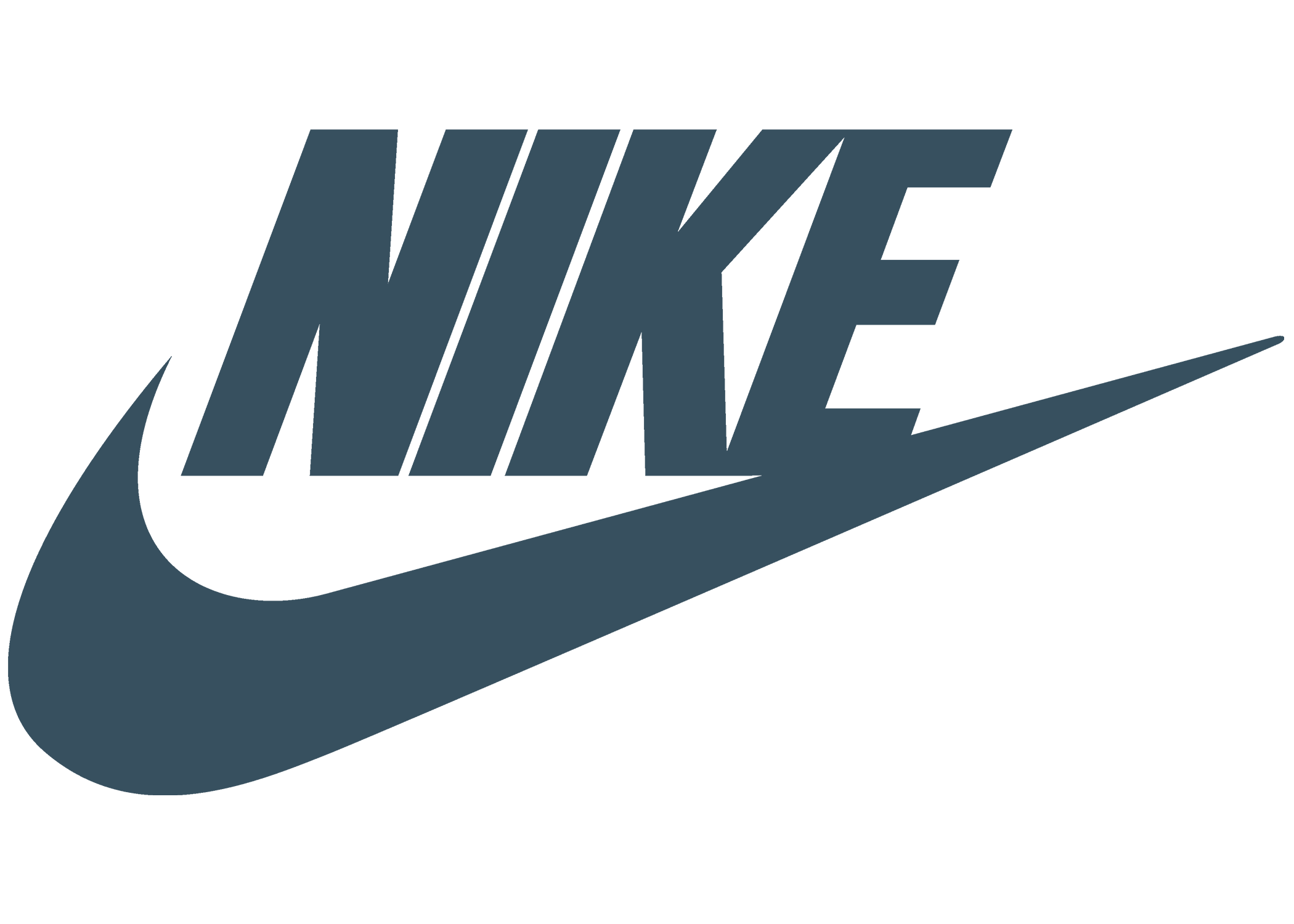

F (5/35) | End Port Pollution
Nike does not have a commitment or implementation plan to reduce air pollution, though the company engages in general climate advocacy. The company reports Scopes 1-3 and some air pollutant emissions and transport emissions.
D (16.5/30) | Abandon Dirty Ships
Nike has committed to reducing Scopes 1-2 emissions by 65% and Scope 3 emissions by 30% by 2030, with transport-specific targets. They have had contracts to ship their goods on lower-emission vessels, but do not advocate against fossil fuel buildout. The company’s reporting on emissions and fleet metrics is incomplete.
C (23.5/35) | Put Zero At The Helm
Nike has only committed to carbon neutrality by 2050, but with no maritime-specific target. The company works with stakeholders or carriers on zero-emissions vessel infrastructure or technologies and advocates for carriers to incorporate emissions reductions technologies into their shipping practices.
D (45/100) | Overall
For more information behind our grading, see Nike’s extended report card.
Carriers
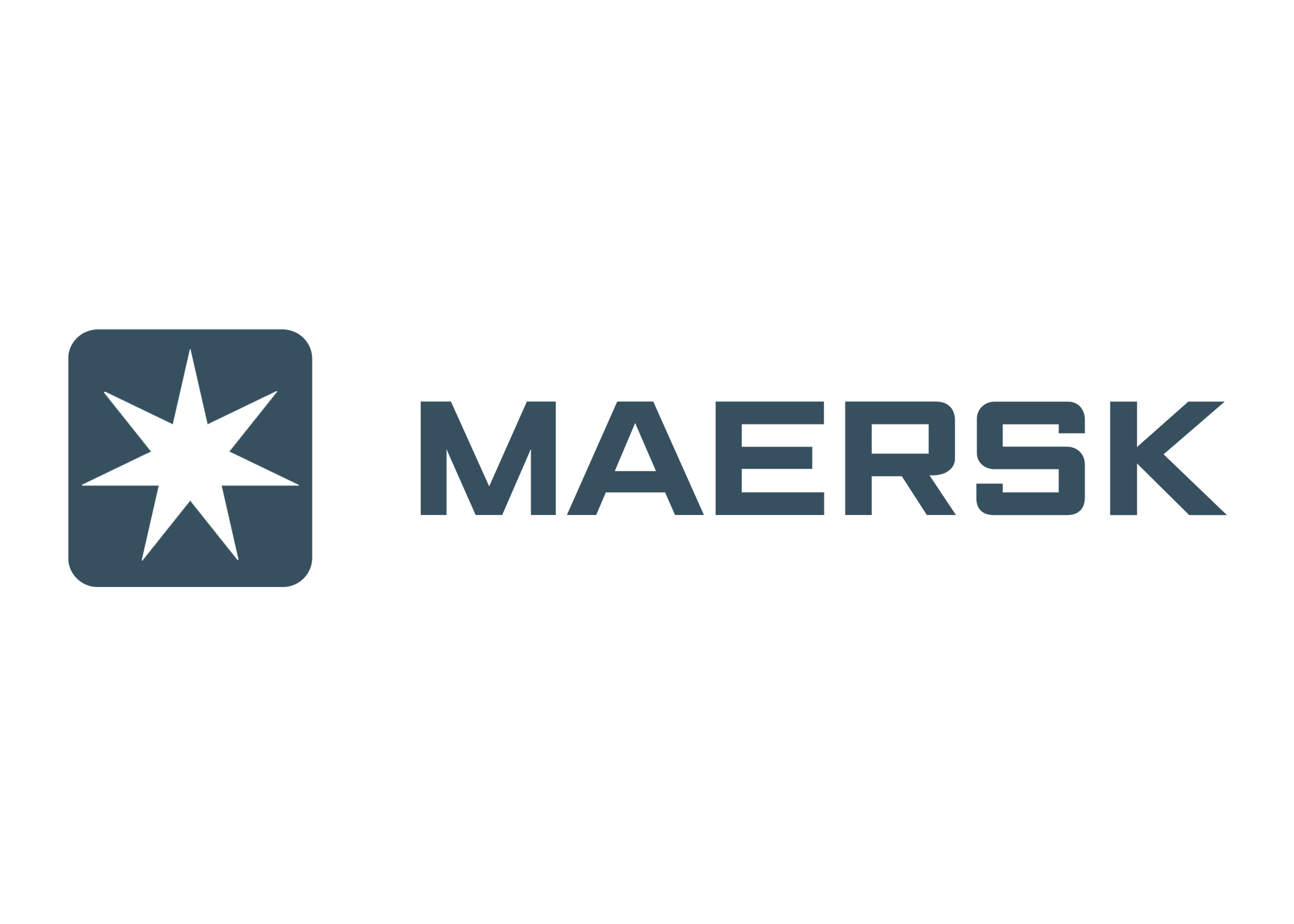

C (25.5/35) | End Port Pollution
APM-Maersk has publicly committed to and invested in shore power and terminal electrification while participating in ZEV infrastructure partnerships. Though the company states that it wants to reduce air pollution, its implementation and public reporting is insufficient.
C (18.5/30) | Abandon Dirty Ships
APM-Maersk has strong short-term emissions reduction commitments and provides cleaner fuel and efficiency measures for customers. The company reports their emissions and advocates for decarbonization, but its emissions are increasing and it is reliant on scrubbers.
A (32.5/35) | Put Zero At The Helm
APM-Maersk has committed to carbon neutrality by 2040 with strong interim targets. The company invests in green newbuilds, green fuel contracts, and green shipping corridor development. APM-Maersk provides a clear pathway to their zero emissions transition.
B (76.5/100) | Overall
For more information behind our grading, see APM-Maersk‘s extended report card.
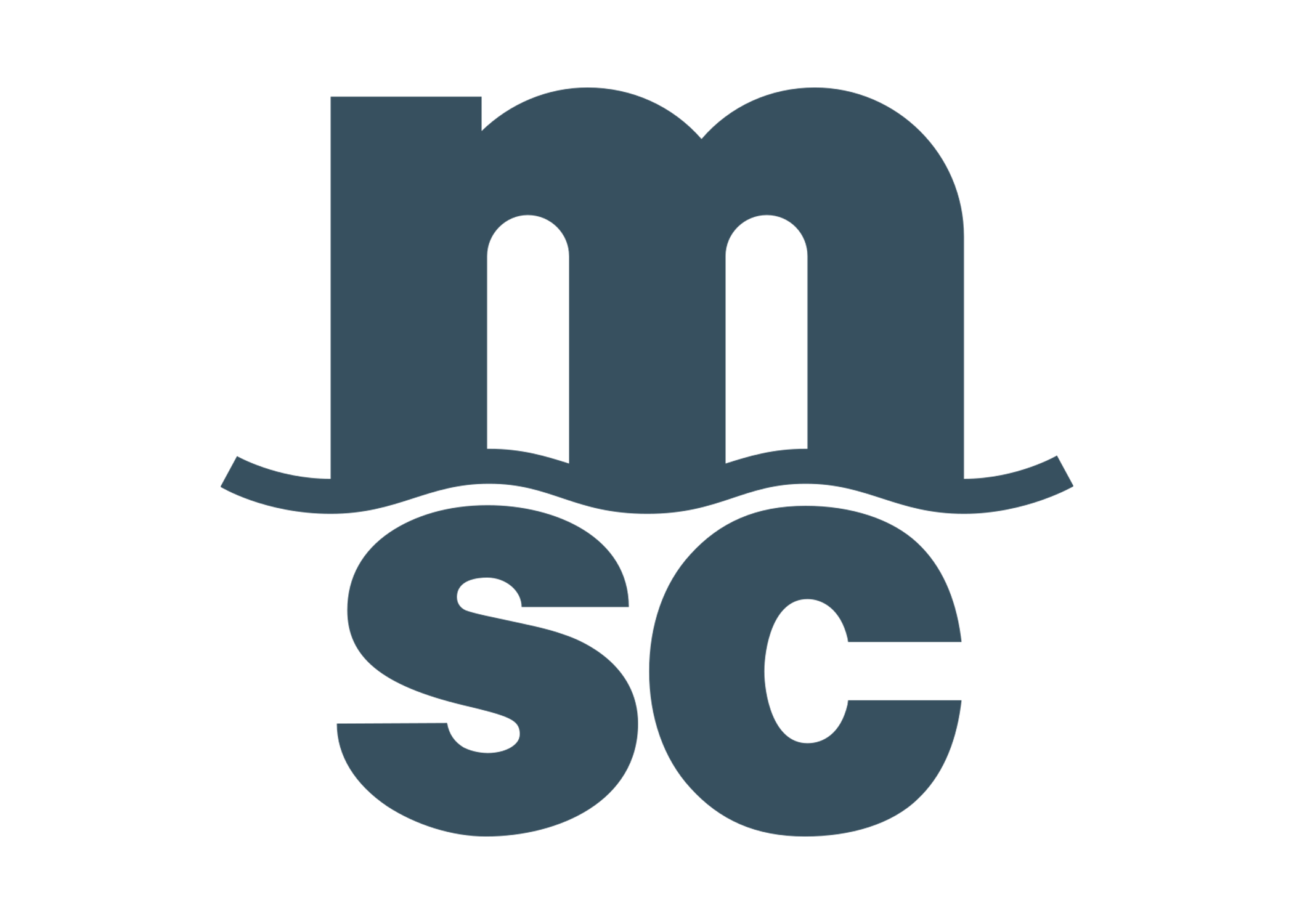

C (21/35) | End Port Pollution
MSC has publicly committed to and invested in shore power and terminal electrification while participating in ZEV infrastructure partnerships. While the company states that it wants to reduce air pollution, its implementation and public reporting is insufficient.
D (15/30) | Abandon Dirty Ships
MSC has moderate short-term emissions reduction commitments, but is reliant on LNG and scrubbers. The company offers some cleaner fuel and efficiency measures for customers, but without benchmarks for use. MSC reports their total fleet emissions.
C (21/35) | Put Zero At The Helm
MSC has committed to carbon neutrality with interim benchmarks, but only by 2050. While MSC has green newbuilds, it is also investing in LNG. MSC advocates for green corridors and provides a decarbonization pathway, but its annual reporting is insufficient.
D (57/100) | Overall
For more information behind our grading, see MSC‘s extended report card.


D (19/35) | End Port Pollution
COSCO has publicly committed to and invested in shore power and terminal electrification. COSCO supports regulatory changes to reduce port pollution, but while the company states that it wants to reduce air pollution, its implementation and public reporting is insufficient.
F (13/30) | Abandon Dirty Ships
COSCO has a modest short-term emissions reduction commitment of a 12% reduction by 2030. The company provides some alternative fuel options and efficiency measures, but is reliant on LNG and scrubbers. The company reports annually on total fleet emissions and fuel use.
F (14.5/35) | Put Zero At The Helm
COSCO has a weak commitment to reach carbon neutrality by 2060. It invests in efficiency measures and alternative fuel research, but does not have a decarbonization pathway. COSCO supports green corridor development and has ordered green newbuilds, but also relies on LNG.
D (46.5/100) | Overall
For more information behind our grading, see COSCO’s extended report card.
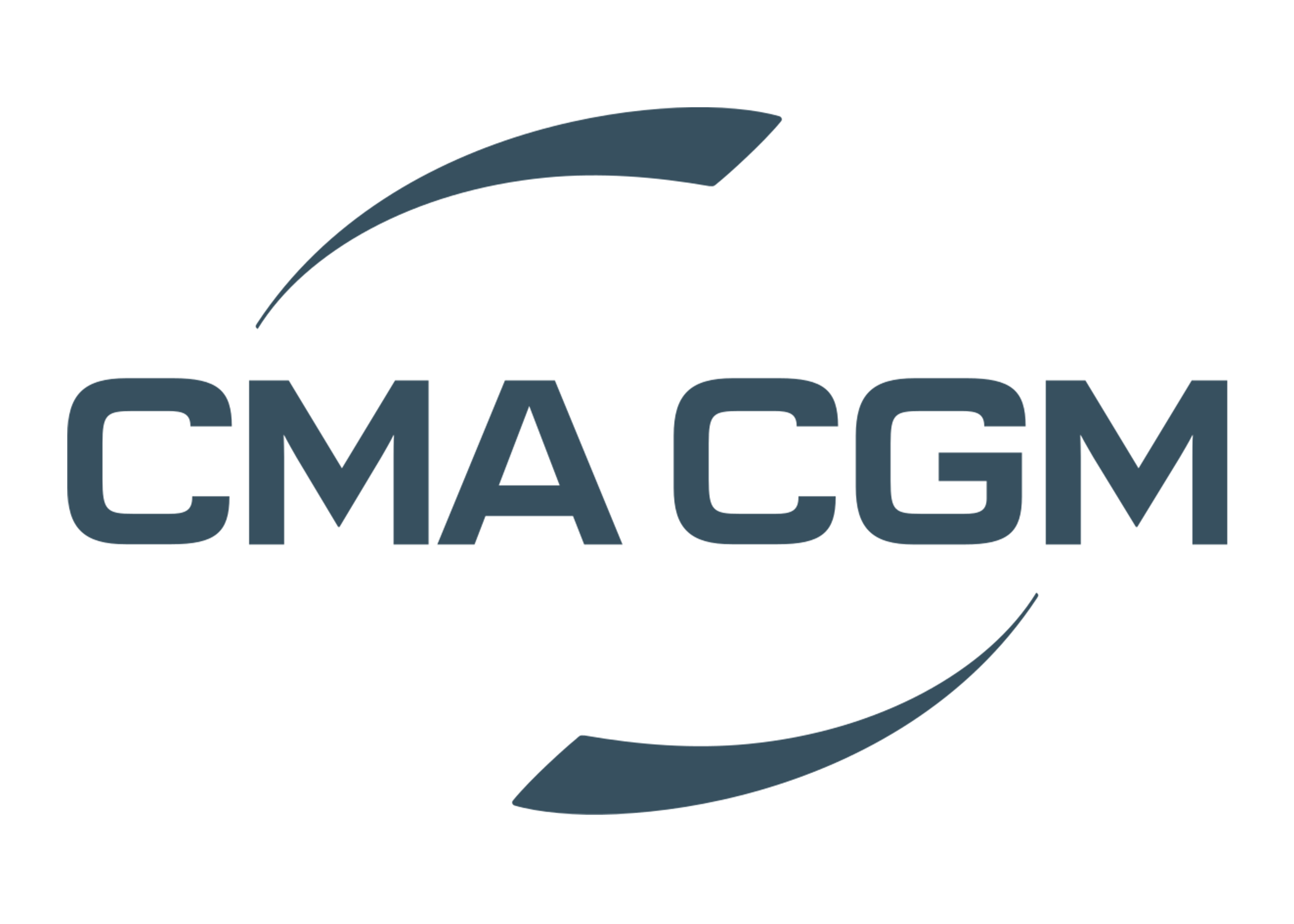

C (23/35) | End Port Pollution
CMA CGM has publicly committed to and invested in shore power and terminal electrification. CMA CGM supports regulatory changes to reduce port pollution, but while the company states that it wants to reduce air pollution, its implementation and public reporting is insufficient.
D (15.5/30) | Abandon Dirty Ships
CMA CGM has a strong short-term target of 55% emissions reduction by 2030. The company provides an alternative fuel option and efficiency measures for customers, but is reliant on LNG and scrubbers. CMA CGM advocates for stronger emissions reduction standards and reports annually on their total fleet emissions.
D (19/35) | Put Zero At The Helm
CMA CGM has committed to carbon neutrality with interim benchmarks, but only by 2050. The company has dual-fuel newbuilds but also LNG newbuilds in the orderbook. CMA CGM publicly supports green corridor development and has established a Fund for Energies to drive research. The company provides a decarbonization pathway but it is far too reliant on LNG.
D (57.5/100) | Overall
For more information behind our grading, see CMA CGM’s extended report card.
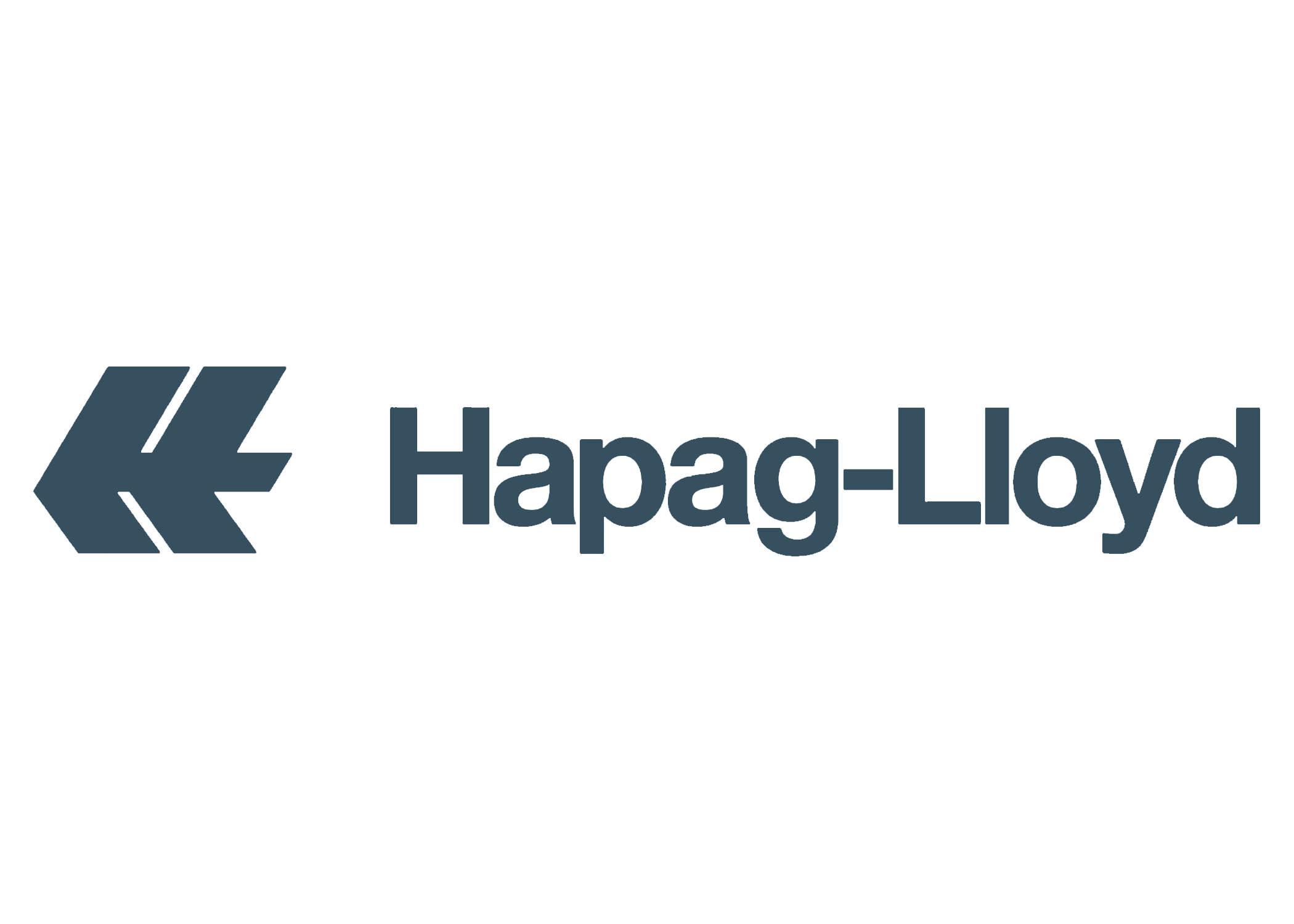

F (12/35) | End Port Pollution
Hapag-Lloyd has only made vague commitments to reduce air pollution and utilize shore power, and its air pollutant reporting is insufficient. The company has invested in alternative fuel bunkering, but does not publicly support measures to reduce port pollution.
F (12.5/30) | Abandon Dirty Ships
Hapag-Lloyd has a moderate short-term emissions reduction commitment of 30% by 2030. The company offers alternative fuels and efficiency measures for customers but is reliant on LNG and advocates for scrubber use. The company reports annually on total fleet emissions and fuel use.
F (9/35) | Put Zero At The Helm
Hapag-Lloyd has committed to net carbon neutrality by 2045. However, despite investment in sustainable biofuels, the company’s decarbonization plan is reliant on LNG. Hapag-Lloyd does not have a clear pathway toward decarbonization, and its reporting on annual progress is piecemeal.
F (33.5/100) | Overall
For more information behind our grading, see Hapag-Lloyd‘s extended report card.
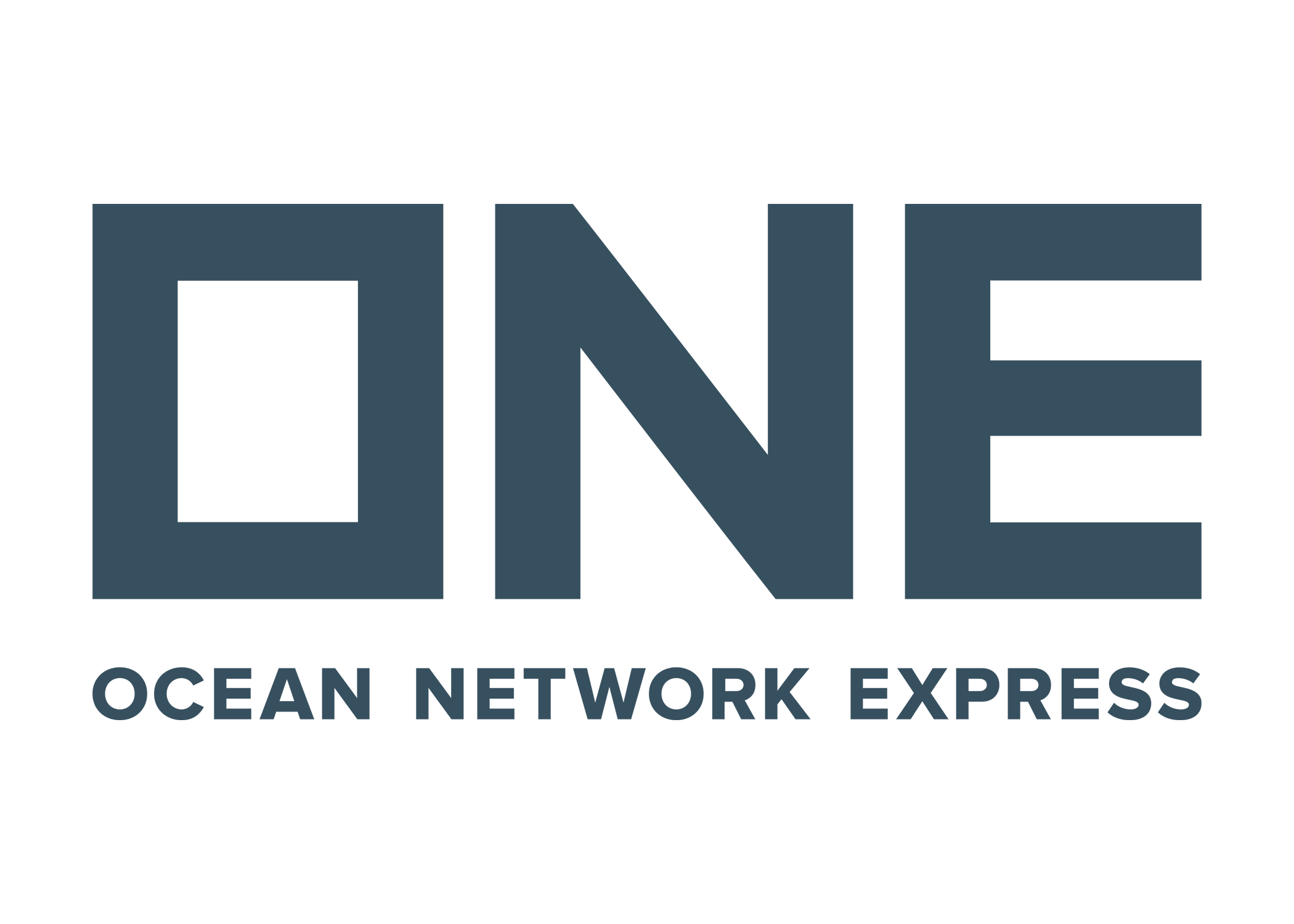

D (21/35) | End Port Pollution
ONE utilizes shore power and has invested in alternative fuel bunkering and partnered with carriers and ports on zero-emission infrastructure. While the company states that it wants to reduce air pollution, its implementation and public reporting is insufficient.
C (21.5/30) | Abandon Dirty Ships
ONE has an ambitious short-term emissions reduction target of 70% by 2030. The company offers alternative fuel options and invests in future alternative fuel buildout, but is reliant on scrubbers. The company supports stronger emissions reduction standards and reports its total fleet emissions.
B (29/35) | Put Zero At The Helm
ONE has committed to carbon net neutrality by 2050, with strong interim targets. The company has ordered ammonia-powered newbuilds and invests in alternative fuel research and bunkering contracts. ONE supports green shipping corridor development and has a pathway toward decarbonization.
C (71.5/100) | Overall
For more information behind our grading, see ONE‘s extended report card.
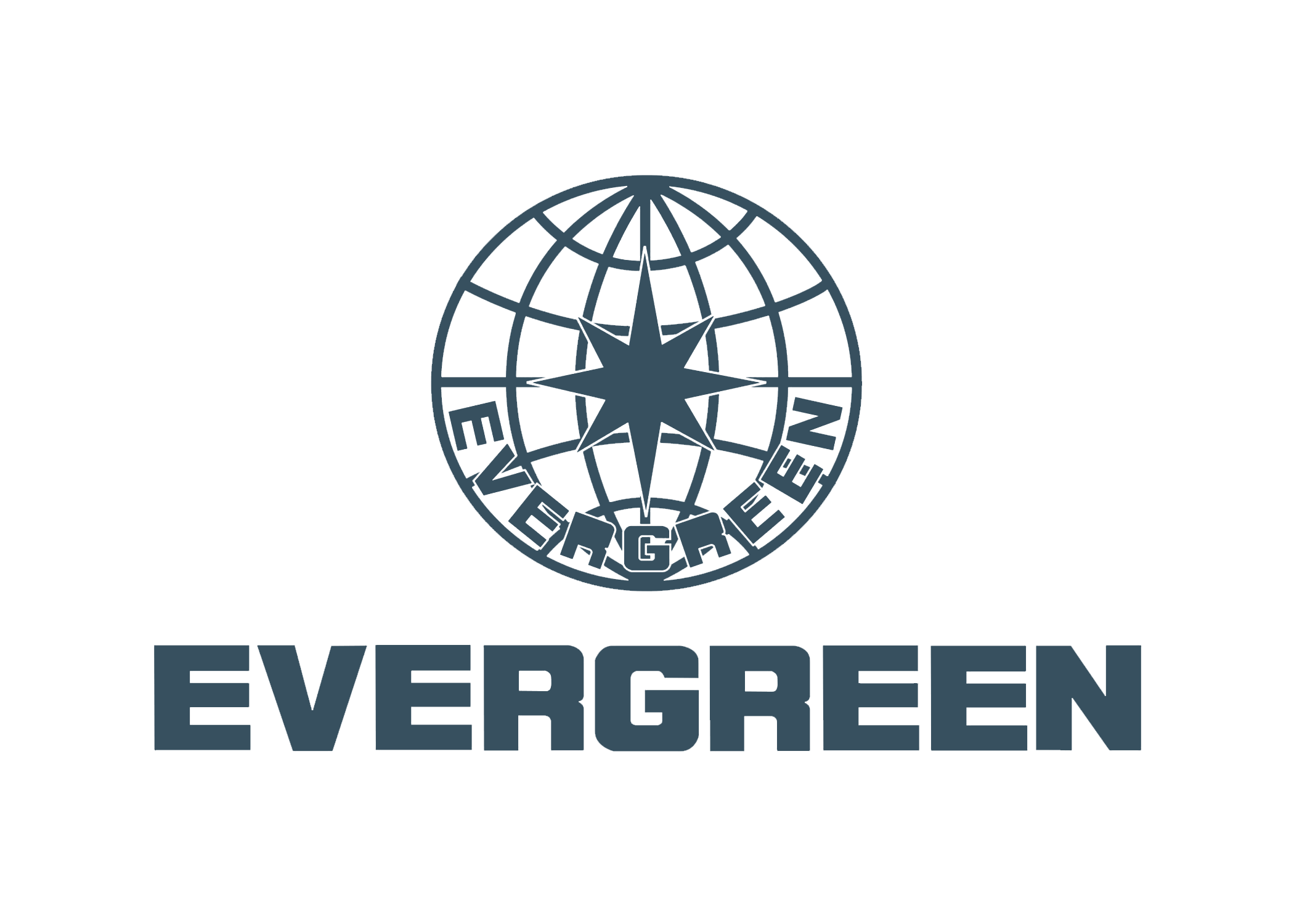

D (18.5/35) | End Port Pollution
Evergreen has publicly committed to and invested in shore power and terminal electrification. Though Evergreen states that it wants to reduce air pollution, its public reporting is insufficient and it does not advocate for regulatory changes or partnerships to reduce port pollution.
F (12/30) | Abandon Dirty Ships
Evergreen has a firm short-term emissions reduction commitment of 50% by 2030, but the company focuses on efficiency measures and is reliant on scrubbers. Evergreen has not supported strengthening emission standards, though the company reports their total fleet emissions.
F (9/35) | Put Zero At The Helm
Evergreen has only committed to carbon neutrality by 2050, with only a 70% reduction in emissions. Evergreen invests in alternative fuel bunkering and methanol newbuilds but has not publicly supported green shipping corridor development. Evergreen’s pathway toward decarbonization is incomplete.
F (39.5/100) | Overall
For more information behind our grading, see Evergreen‘s extended report card.
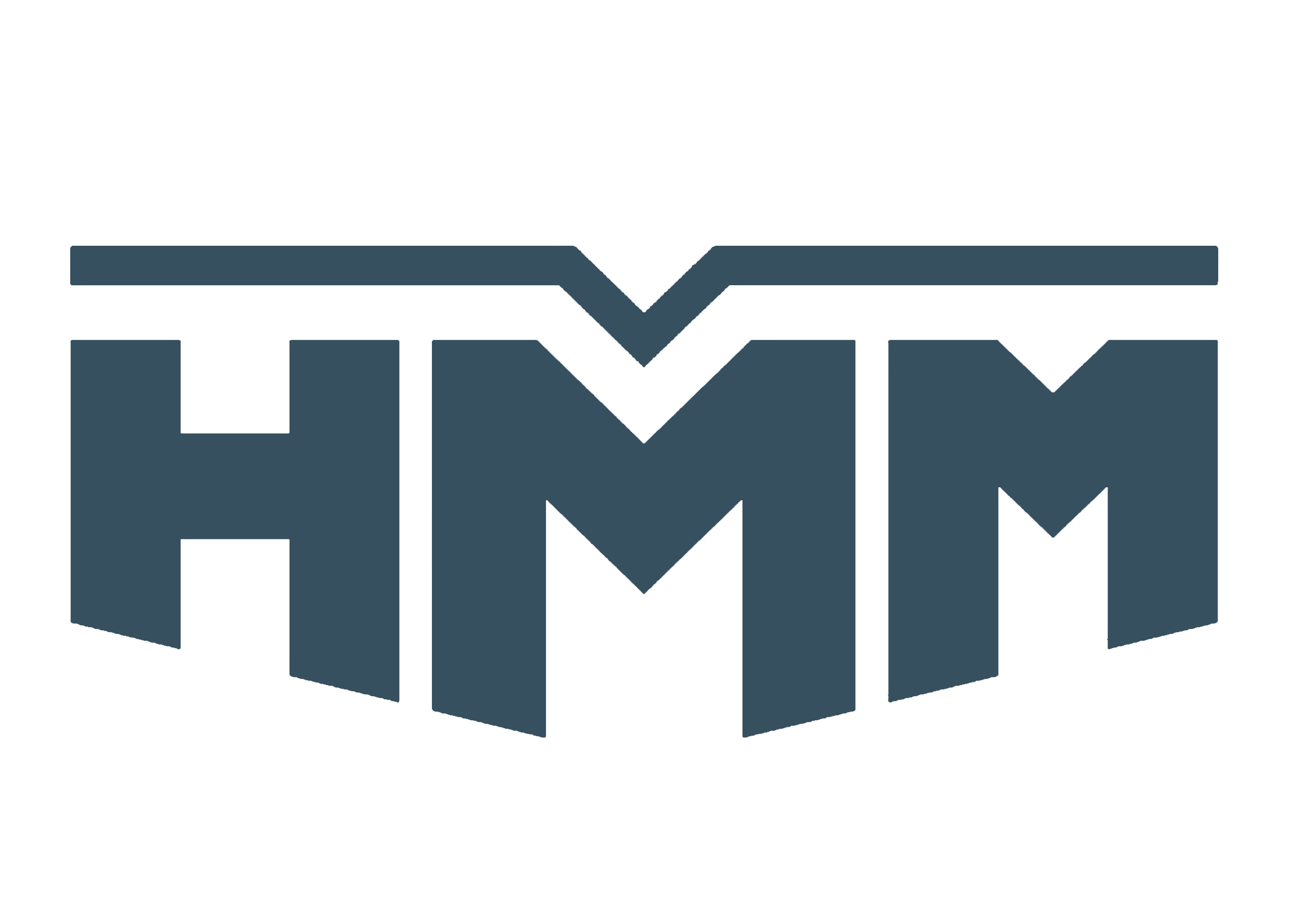

C (25/35) | End Port Pollution
HMM has publicly committed to and invested in shore power and terminal electrification while supporting green corridor development.. Though the company states that it wants to reduce air pollution, HMM’s air pollution commitment and emission reporting lack benchmarks.
F (12.5/30) | Abandon Dirty Ships
HMM has firm short-term emissions reduction targets of 70% by 2030 and 12% alternative fuel use by 2025. However, HMM is highly reliant on LNG and scrubbers. HMM advocates for decarbonization through industry groups and reports their total fleet emissions.
B (26.5/35) | Put Zero At The Helm
HMM has only committed to carbon net neutrality by 2050, but with strong interim targets. HMM has an internal alternative fuel research team and an ammonia bunkering contract. HMM supports green corridor development and has a reasonably clear pathway to decarbonization.
C (64/100) | Overall
For more information behind our grading, see HMM’s extended report card.
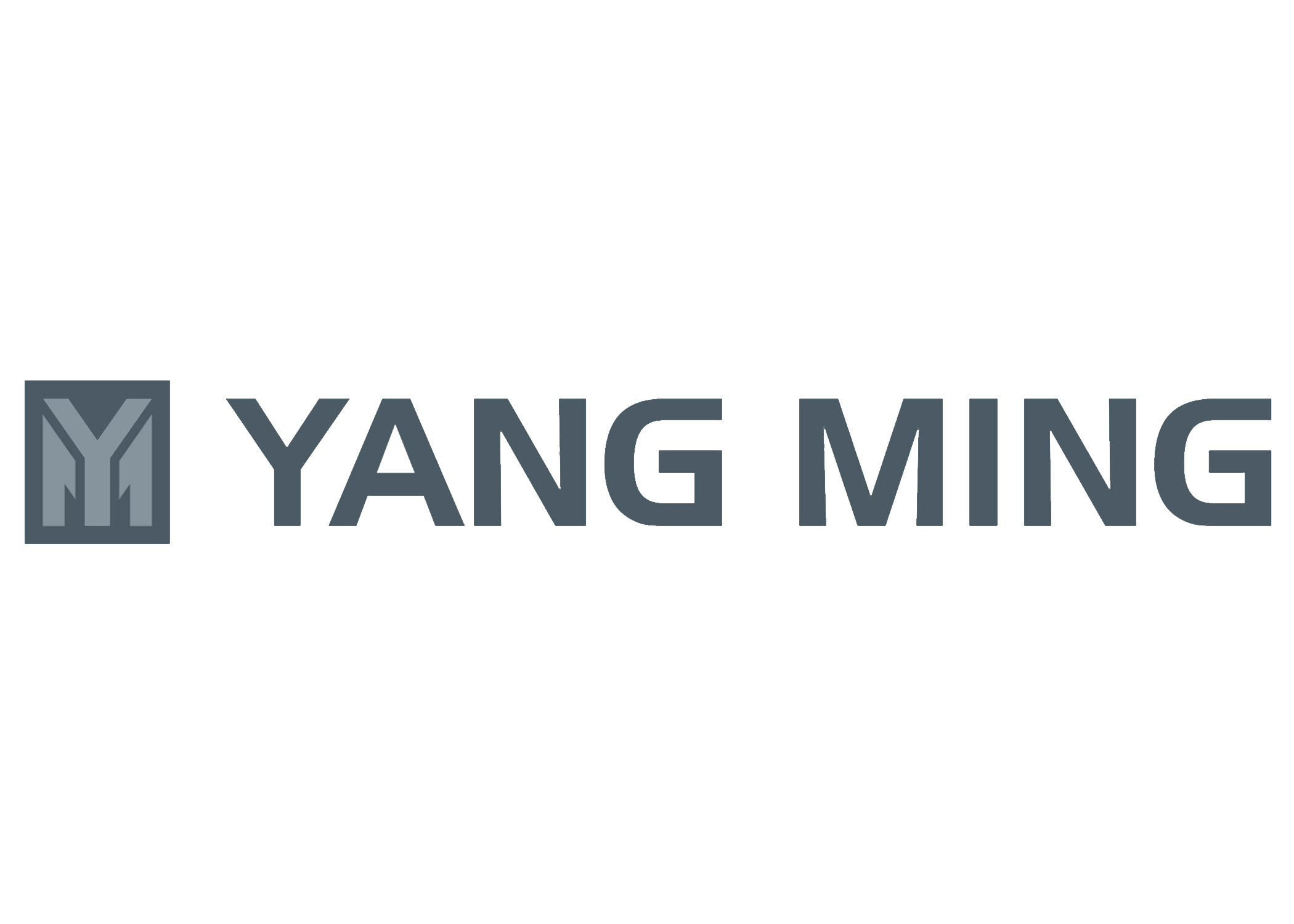

D (19.5/35) | End Port Pollution
Yang Ming has publicly committed to and invested in shore power and terminal electrification. Yang Ming supports green corridor development but does not support regulatory changes on port pollution. While the company states that it wants to reduce air pollution, it lacks benchmarks.
F (12.5/30) | Abandon Dirty Ships
Yang Ming has achieved their goal of a 40% reduction of greenhouse gas emissions, but has no other short-term targets. The company has efficiency measures but is reliant on LNG and scrubbers. The company reports annually on their total fleet emissions.
F (7/35) | Put Zero At The Helm
Yang Ming has a weak commitment of reaching a 70% reduction in emissions by 2050. Yang Ming has some marine gas oil (MGO) vessels but also has LNG newbuilds on the orderbook. The company does not provide a clear pathway toward decarbonization.
F (39/100) | Overall
For more information behind our grading, see Yang Ming’s extended report card.
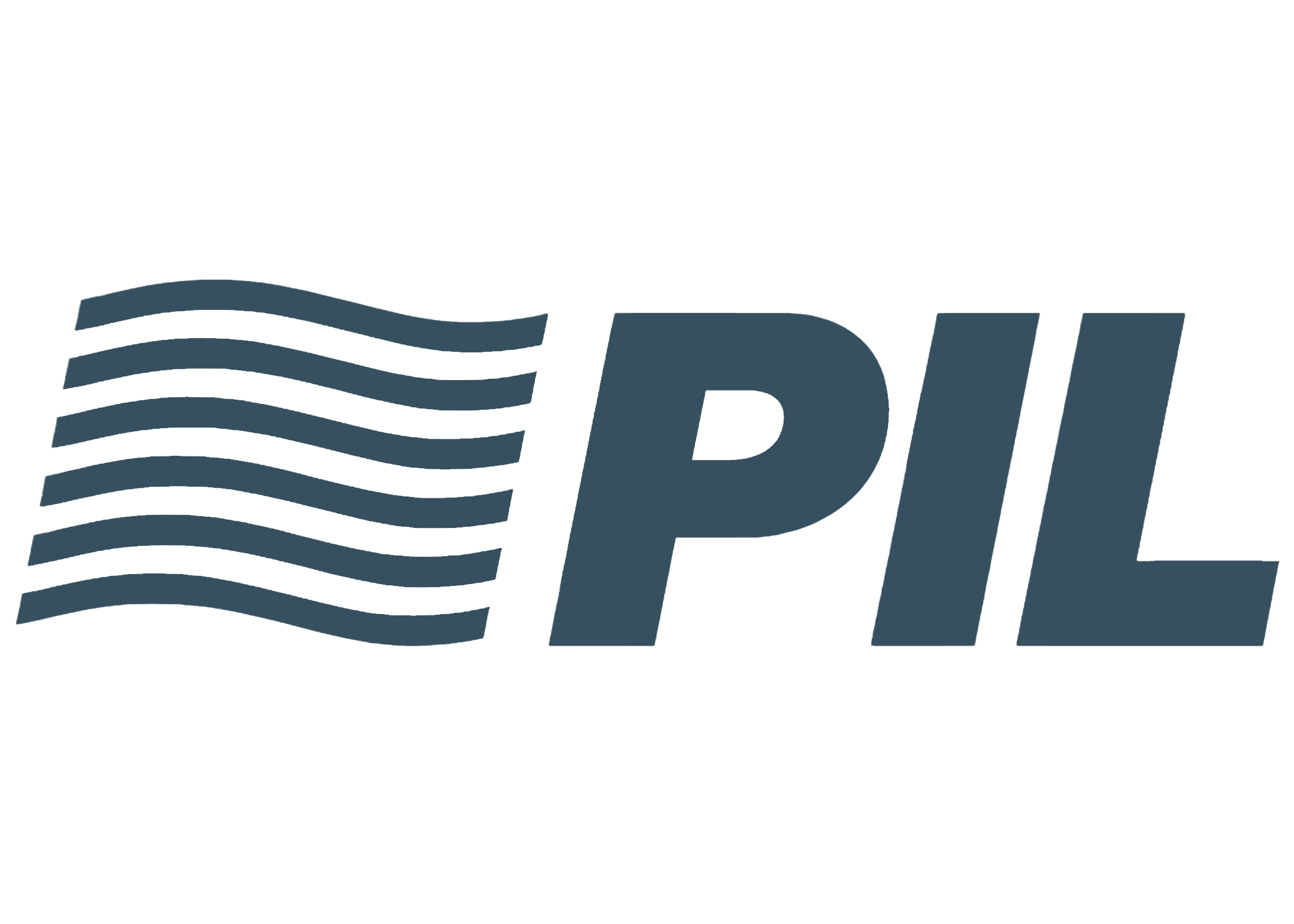

F (10/35) | End Port Pollution
The company utilizes shore power but does not report on their shore power use. PIL discusses reducing one air pollutant but does not report on their pollutant emissions. PIL has invested in zero emissions port infrastructure and supports green shipping corridors.
F (1.5/30) | Abandon Dirty Ships
PIL does not have substantive short-term emissions reduction targets. The company provides some efficiency measures and alternative fuels but relies on LNG and scrubbers. While PIL advocates for decarbonization through industry groups, the company does not report on their fleet emissions.
F (5.5/35) | Put Zero At The Helm
PIL has only committed to net-zero carbon emission by 2050, and does not have interim benchmarks toward this goal. The company has introduced a biofuels pilot, but does not have a clear decarbonization pathway.
F (17/100) | Overall
For more information behind our grading, see PIL’s extended report card.
Companies Must Address Climate Impact Of Maritime Shipping
Retailers
Many major retailers are not quantifying their complete Scope 3 emissions, defined as emissions the company is indirectly responsible for through its supply chain. Among those that are reporting Scope 3 emissions, most exclude maritime shipping from their reporting.
Carriers
Shipping carriers are not operating in a fashion that will allow global temperature rise to stay within 1.5° C. Most carriers are relying on extended timeframes and false solutions that will not contribute to solving the climate crisis.
References & Report Cards
- Read more about our references and sources here.
- Combined retailer narratives.
- Combined carrier narratives.
Carrier report cards:
Retailer report cards:

